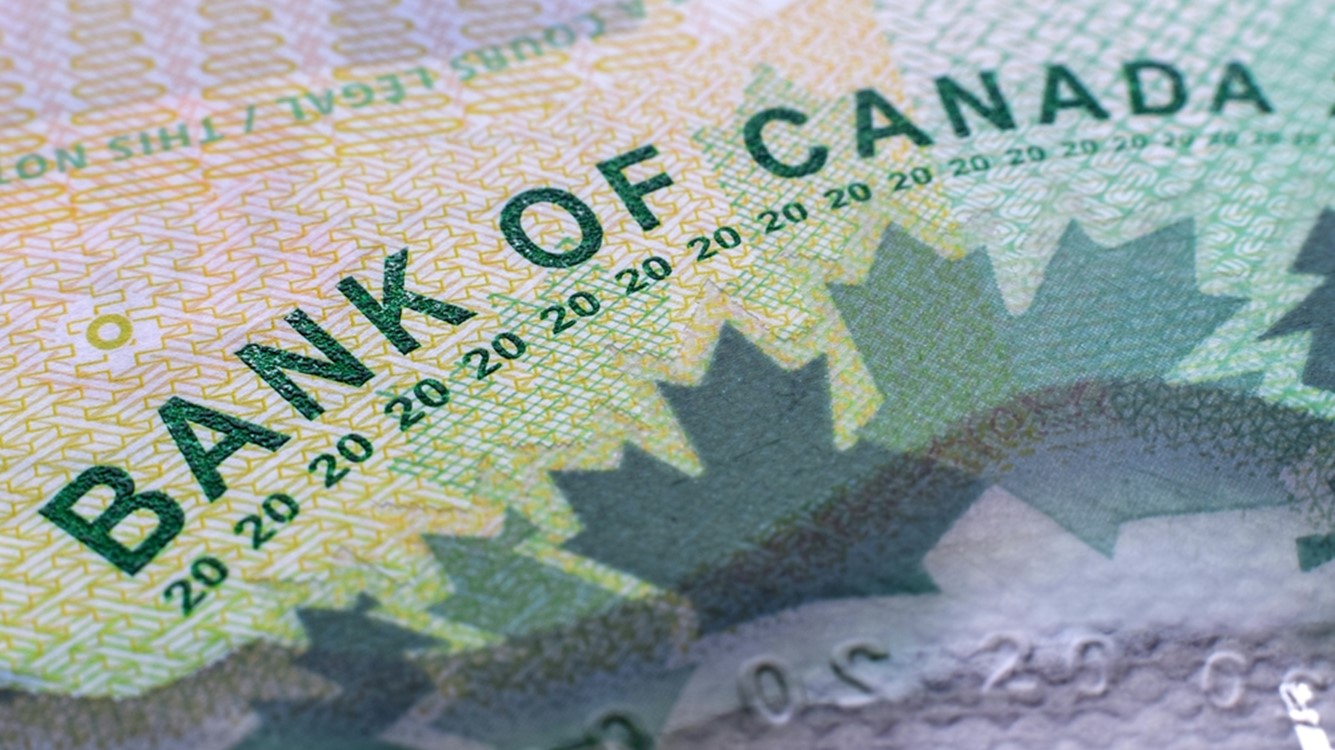Canada rate cuts
Headline inflation is now at 1.6%.

October 24, 2024
Another meeting, another interest rate cut. The Bank of Canada (BOC)’s cut by an outsized one-half percent at its October meeting. This is the fourth consecutive meeting with a rate cut. This amounts to 125 basis points of cuts and brings the short-term policy rate to 3.75%. The larger cut reflects concerns about weakness in Canada’s economy now that inflation is close to the BOC’s target.
The BOC has nearly achieved its goal of 2% price stability with inflation at 2.4% on both a year-on-year and an annualized basis. This is a vast improvement from the 3.9% average of 2023. The lags in policy mean that inflation will continue to decelerate along with the economy in the near term.
Headline inflation is now at 1.6%, owing in large part to lower-than-anticipated oil prices. Shelter costs, which rose nearly 6% in each of the last two years, are still elevated but finally showing signs of cooling. Food inflation is close to pre-pandemic levels, while health and personal care prices remain sticky. Services sector wage growth has increased as the year has progressed. This is similar to other major economies around the world.
Canadian mortgages are primarily adjustable-rate contracts, which puts a squeeze on household finances when rates higher. This has constrained consumption. As rates have come down, consumer confidence has reached its highest level in over a year. Consumer spending will likely rebound over the next two years.
We forecast the Canadian economy to expand at a slower rate than the BOC does although both indicate below potential output. More aggressive rate cuts may provide a much-needed boost to growth.
A major headwind to growth is the tightening of immigration policy. Canada is considering allowing 21% fewer immigrants in 2025 and 2026 than in previous years. That would act as a drag on output. Fewer people means fewer consumers and economic contributors.
The BOC’s rate-cutting cycle is the most aggressive of any major central bank. The Federal Reserve has conducted a single 50 basis point cut; the European Central Bank has cut three times for a total of 75 basis points; and, the Bank of England has cut by a quarter point. The Bank of Japan is an outlier because it is hiking rates to bring inflation down to target.
Soft growth figures will provide the BOC the cover it needs to continue its rate-cutting cycle.
Benjamin Shoesmith, KPMG Senior Economist
Bottom Line
Barring a reversal on inflation, soft growth figures will provide the BOC the cover it needs to continue its rate-cutting cycle. Another outsized rate cut is possible for the next meeting of the Governing Council in December.
Explore more

The broken window fallacy: Hurricanes and the economy
Spending on repairs and clean-up will partially offset the disruption to businesses.

KPMG Economics
A source for unbiased economic intelligence to help improve strategic decision-making.

Global Navigator from KPMG Economics
Lights, camera, cut…interest rates
Subscribe to insights from KPMG Economics
KPMG Economics distributes a wide selection of insight and analysis to help businesses make informed decisions.
Meet our team
